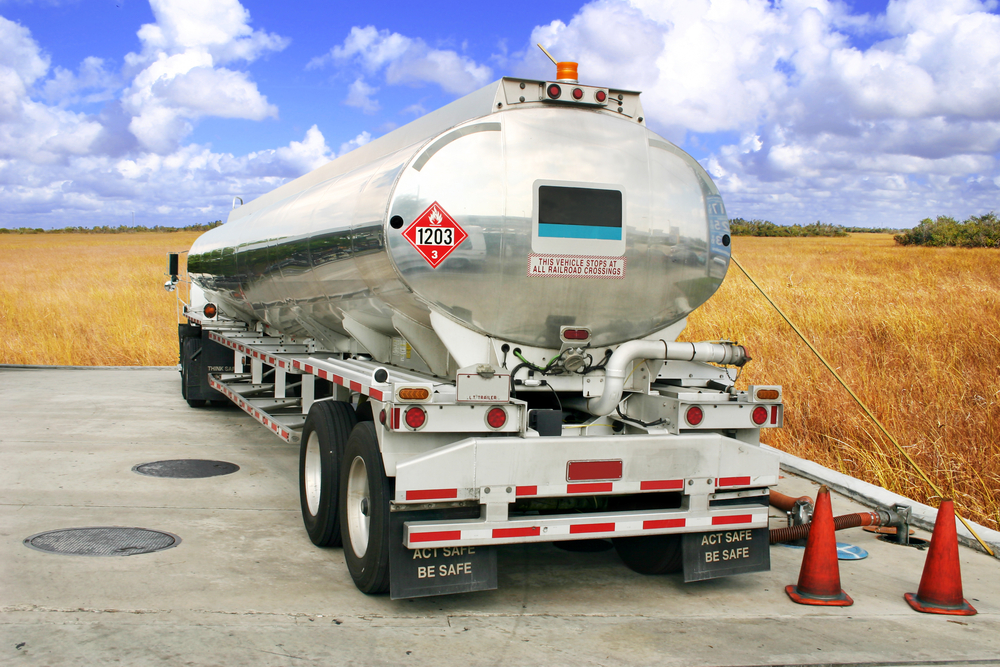 |
The original and only underground storage tank (UST) regulation was promulgated in 1988, a time when the words “renewable fuels” were about as common as the words “iPad®” and “cell phone.” Despite the fact that renewable fuels, such as those derived from biomass, plant material, organic waste, coal, and shale oil, were included in the preamble to the original proposed UST regulation, many continued to interpret the regulation to be applicable only to petroleum derived from crude oil.
The new Proposed Rule seeks to both dispel uncertainty and minimize misinterpretations of the UST regulation by including “any fuel typically used to operate a motor engine,” whether from crude oil or cornstalks. The bottom line, according to the EPA, is that “Petroleum is comprised of a complex blend of hydrocarbons regardless of its source material; therefore, all petroleum poses risks to human health and the environment.”
According to the EPA, the lack of long-term storage data about renewable fuels compatibility with UST systems and the understanding that ethanol and biodiesel may be “more degrading to certain UST system materials than petroleum alone” warrant expanded oversight and regulation. Moreover, “as the use of ethanol- and biodiesel-based fuels increases, EPA is concerned that not all UST system components are compatible with these fuel blends.”
When it comes to environmental compliance, the Environmental Manager’s Compliance Advisor Newsletter is your "peace of mind" guide to environmental protection agency (EPA) regulations at 40 CFR. Learn More
These increases in renewable blends are a result of the Renewable Fuel Standards (RFSs) created under the Energy Policy Act of 2005, which was followed by the Energy Independence and Security Act (EISA) of 2007. The original RFS program (RFS1) required 7.5 billion gallons (gal) of renewable fuel to be blended into gasoline by 2012. Under the EISA of 2007, the program was expanded to:
- Include diesel, in addition to gasoline;
- Increase the volume of renewable fuel required to be blended into transportation fuel from 9 billion gal in 2008 to 36 billion gal by 2022;
- Establish new categories of renewable fuel and set separate volume requirements for each one; and
- Require the EPA to apply lifecycle greenhouse gas (GHG) performance threshold standards to ensure that each category of renewable fuel emits fewer GHGs than the petroleum fuel it replaces.
Historically, 10 percent ethanol-blended fuels have fared well in storage because equipment manufacturers produced systems that were compatible with that low level of ethanol. Today, however, driving forces such as the growing popularity of “flex-fuel” vehicles that can run on fuels containing 0 percent to 85 percent ethanol are bringing storage compatibility issues to the forefront. As a result, the “EPA is clarifying the compatibility requirements for owners and operators who choose to store regulated substances containing greater than 10 percent ethanol.”
Join the thousands of environmental professionals who have counted on the Environmental Manager’s Compliance Advisor newsletter’s practical advice and best practice case studies for over 30 years. Learn More
Similarly, biodiesel is also receiving compatibility clarification in the new Proposed Rule. Biodiesel is commonly used for a range of transportation from passenger vehicles to freight trains to marine vessels and provides many cost and emissions benefits. Like ethanol blends, however, the greater the amount of biodiesel, the greater the UST compatibility concerns. For example, ASTM International (ASTM) considers diesel blends up to 5 percent biodiesel to meet its “Standard Specification for Diesel Fuel Oils.” In its publication Biodiesel Handling and Use Guide 4th Edition http://www.nrel.gov/vehiclesandfuels/pdfs/43672.pdf, the National Renewable Energy Laboratory (NREL) has also found that biodiesel blends of 20 percent or lower have “less of an effect on materials and very low blends of 5 and 2 percent have no noticeable effect on materials compatibility.” Thus, the EPA will be proposing compatibility demonstration options for those who choose to store regulated substances containing blended fuels at levels greater than 20 percent biodiesel.
Tomorrow we look at those compatibility demonstration options for both higher level ethanol and biodiesel stored in USTs.
